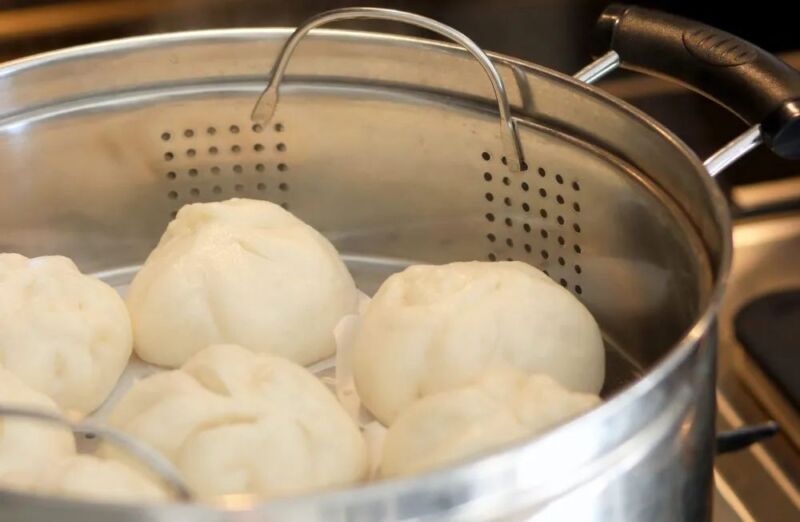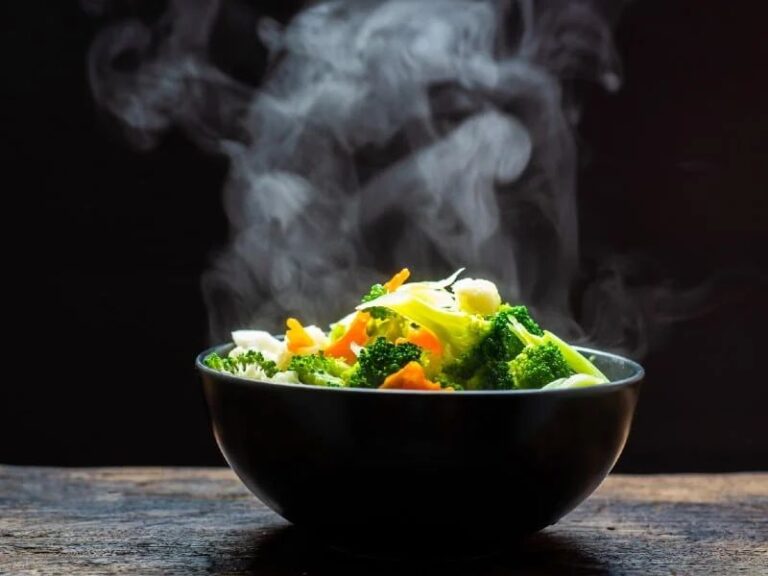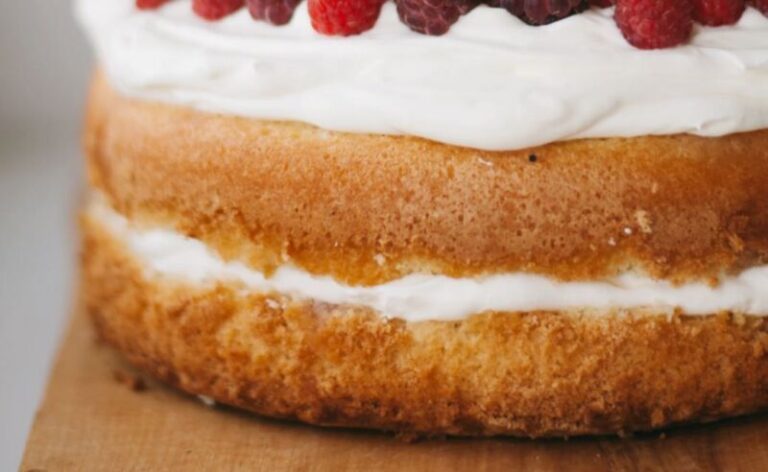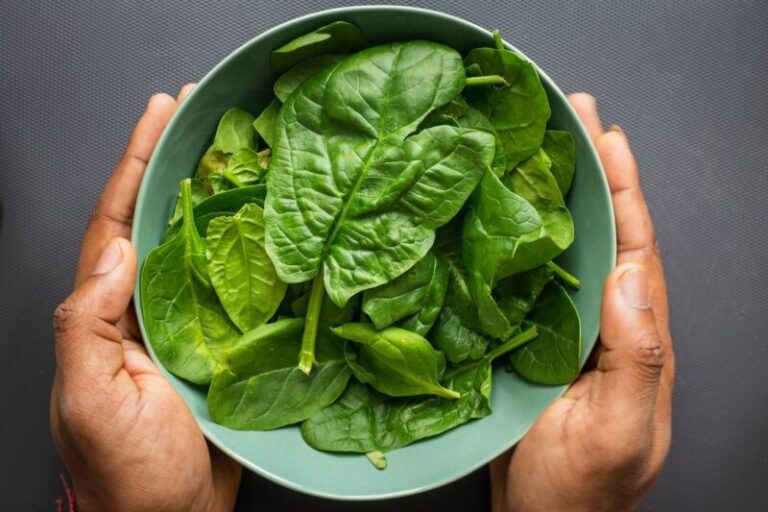How to Steam Buns Without a Steamer
Steaming is an essential part of making soft, fluffy bao buns. The hot steam cooks the buns while keeping them moist and airy on the inside. Traditionally, steaming buns requires specialized equipment like a dedicated steamer or bamboo basket. But what if you want to steam Chinese bao buns at home without buying any extra tools?
Luckily, with some clever tricks, you can steam buns easily using items you already have in your kitchen. In this guide, we’ll go over several effective methods for steaming bao buns without a steamer, so you can enjoy perfect buns anytime.
What Are Bao Buns?
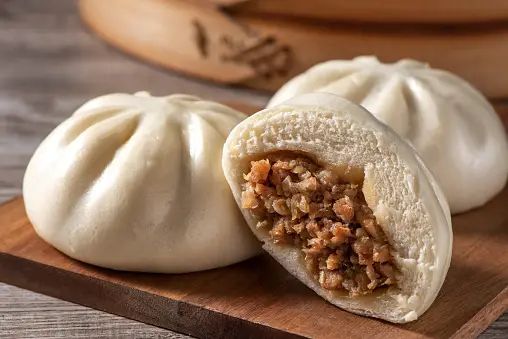
Before we get steaming, let’s clarify what exactly bao buns are. Bao buns (also called baozi) are pillowy white steamed buns filled with meat or savory ingredients. Originating in China, they consist of leavened dough that is wrapped around filling mixtures like pork, vegetables, or red bean paste.
The defining feature of bao buns is their soft, almost dumpling-like texture. This comes from steaming the buns until fully cooked through. When steamed properly, the exterior is soft and pale while the interior remains moist and airy. Popular varieties include char siu bao (barbecue pork buns) and hum bow (steamed pork buns).
Why Steaming Is Essential for Bao Buns
Steaming is the cooking method that makes bao buns unique. It:
- Keeps the interior moist and fluffy
- Allows the dough to expand fully
- Cooks the filling thoroughly
- Creates the soft, cloud-like texture
Without steaming, bao buns would be dense and dry instead of light and airy. The hot steam penetrates the dough, cooking it through without making it soggy or hard. This gives the signature soft-on-the-outside, pillowy-on-the-inside consistency.
Traditional Steaming Methods for Bao Buns
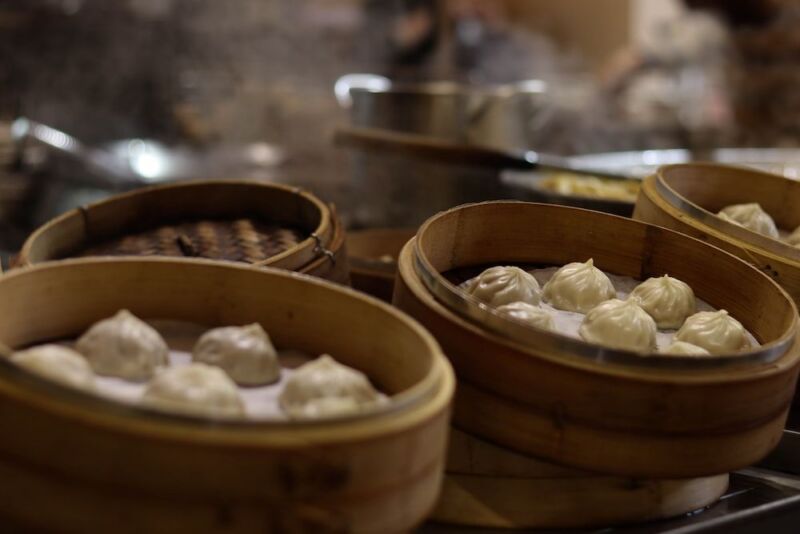
Using a Dedicated Steamer
The traditional way to steam bao buns is with a dedicated steaming apparatus or steamer pot. These consist of:
- A base pot filled with boiling water
- A perforated tray or plate suspended above the water
- A tight-fitting lid to trap the steam
To use a dedicated steamer:
- Fill the base pot with 2-3 inches of water and bring it to a boil over high heat.
- Place the perforated tray or plate inside the pot over the water. Make sure it fits snugly but is not submerged in water.
- Arrange the uncooked bao buns in a single layer on the tray, leaving some space between each bun.
- Cover the pot tightly with the lid and steam for 12-15 minutes.
- Check doneness by poking a bun with your finger. It should feel soft and pillowy.
Dedicated steamers are ideal for steaming bao buns since the indirect heat from the steam cooks them evenly. The enclosed environment traps moisture for soft, tender buns.
Using a Steaming Pot
If you don’t have a steamer, a regular pot can also be adapted into a makeshift steamer. You’ll need:
- A large, deep pot with a tight-fitting lid
- A steamer basket, sieve, or metal colander small enough to fit inside the pot
- Cheesecloth or parchment paper
To DIY your own steamer:
- Fill the pot with 2 inches of water and bring it to a boil over high heat.
- Place a steamer basket, sieve, or colander into the pot. Make sure it sits above the water line.
- Line the basket with a layer of cheesecloth or parchment paper. This prevents sticking.
- Arrange the uncooked bao buns in the lined basket in a single layer.
- Cover the pot tightly and steam for 12-15 minutes.
- Check doneness using the finger test.
This setup allows the buns to steam gently above boiling water. The lid traps steam for thorough, even cooking.
How to Steam Bao Buns Without a Steamer
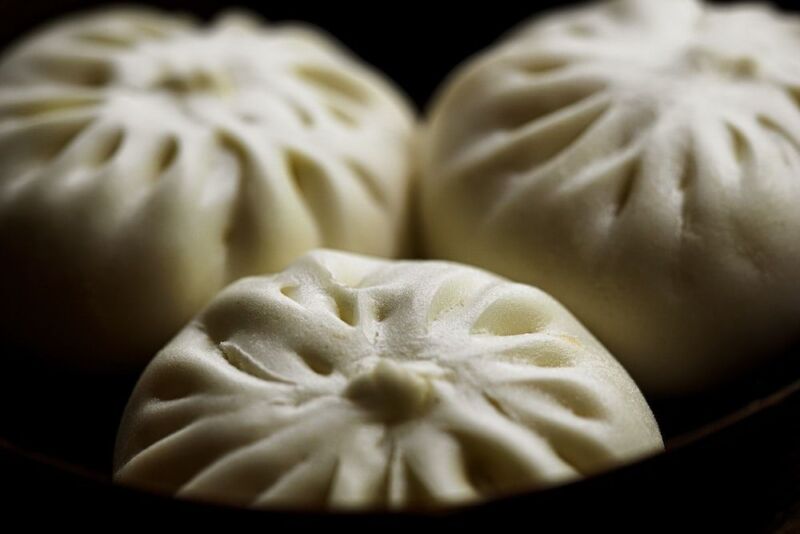
Don’t have any specialized steaming equipment? Not a problem! With creative use of kitchen tools you probably already own, you can easily steam perfect bao buns.
Steaming Method #1: Use a Sieve or Colander
A basic metal sieve or colander can double as a steaming basket. Here’s how:
- Fill a large pot with 2 inches of water and bring it to a boil.
- Place the sieve or colander over the pot, resting it on the rim so it sits suspended above the water.
- Line the sieve with cheesecloth, parchment paper, or cabbage leaves to prevent sticking.
- Arrange the uncooked bao buns in the lined sieve in a single layer, spacing them apart.
- Cover the pot with a tight fitting lid. Steam for 12-15 minutes over medium high heat.
- Check doneness with a finger poke test.
The hot steam can circulate all around the buns for even cooking. Keep the heat at a steady simmer to ensure the sieve doesn’t overheat.
Steaming Method #2: Use the Microwave
You can steam bao buns in the microwave with a few specialized tools. You’ll need:
- A microwave-safe, covered container deep enough to hold the buns
- A steaming rack or stand
- Parchment paper
To steam in the microwave:
- Fill the container with 2 inches of water.
- Place the rack or stand in the container above the water line. Make sure it fits securely.
- Line the rack with parchment paper.
- Arrange the uncooked buns on the parchment, spaced apart in a single layer.
- Cover the container tightly. Microwave for 4-5 minutes on high power.
- Check doneness using a finger poke and adjust cooking time if needed.
The microwave acts as a small steam chamber, heating the water to create steam that cooks the buns. Keep a close eye to prevent overcooking in the microwave.
Steaming Method #3: Use a Pan
With the right setup, you can adapt a basic pan into an improvised steamer to cook bao buns. You’ll need:
- A large, deep pan or wok with a lid
- A metal cooling rack, sieve, or colander small enough to fit inside the pan
- Parchment paper
To steam buns in a pan:
- Fill the pan with 2 inches of water and bring to a boil over high heat.
- Place a metal cooling rack, sieve, or colander into the pan. Make sure it sits above the water.
- Line the rack with parchment paper to prevent sticking.
- Arrange the uncooked bao buns in a single layer on the lined rack, spacing them apart.
- Cover the pan tightly and steam for 12-15 minutes over medium high heat.
- Check doneness using a finger poke. Adjust heat as needed to maintain a steady steam.
The key is keeping the buns suspended above the boiling water so the steam can circulate upwards into the buns. This homemade steamer setup allows for indirect heat steaming.
Steaming Method #4: Use a Rice Cooker
A rice cooker is actually a quite effective tool for steaming bao buns! Here’s how to transform a rice cooker into a steamer:
- Fill the rice cooker pot with 2 inches of water.
- Place a steaming rack, bamboo tray, or small plate upside down in the cooker. Make sure it’s elevated above the water.
- Arrange the uncooked bao buns in a single layer on top of the rack or tray, spacing them apart.
- Close the rice cooker lid and turn it on to the “cook” setting to start steaming.
- Steam for 12-15 minutes, until puffed and tender.
The closed environment of the rice cooker traps steam perfectly. The indirect heating gently cooks the buns without drying them out.
Steaming Method #5: Use an Instant Pot
An Instant Pot is the ideal kitchen appliance for steaming bao buns. To use it:
- Add 2 cups of water to the Instant Pot inner pot.
- Arrange a wire metal steamer basket in the pot and add the uncooked buns in a single layer.
- Lock the lid in place. Select the Steam function and set to High pressure for 8 minutes.
- Allow pressure to release naturally for 5 minutes after cooking completes.
- Carefully remove the lid. Check doneness with a poke test.
The Instant Pot steams bao buns perfectly every time. The pressurized environment locks in moisture while the hot steam thoroughly cooks the dough and filling.
How to Tell When Bao Buns Are Done Steaming
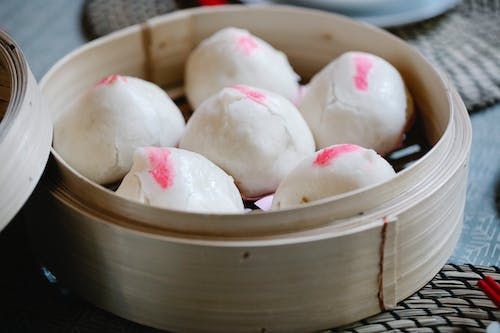
Determining doneness for steamed bao buns is easy with these simple checks:
Steaming Doneness Method #1: Do a Finger Poke Test
After steaming bao buns for the recommended time, open the steamer and poke one bun gently with your finger.
- If the bun feels very soft and pillowy with a little bounce back, it’s fully cooked through!
- If the bun feels dense and doughy, re-cover and steam for 2-3 more minutes before retesting.
A finger poke test is the best way to gauge the interior texture. Properly steamed bao buns will be puffy and soft. Undercooked buns will still feel dense.
Steaming Doneness Method #2: Check Appearance
You can also visually inspect steamed bao buns for doneness signs:
- Fully cooked buns will approximately double in size from the raw dough balls. They should look nicely puffed up and expanded.
- The surface will turn smooth and glossy from the steam’s moisture, with no dry patches or cracks.
- Overcooked buns will shrink and collapse. Undercooked buns won’t expand much and will still look doughy.
Appearance cues like size, surface texture, and shape indicate whether the buns need more time in the steamer.
Steaming Doneness Method #3: Evaluate Texture
After allowing bao buns to rest for a few minutes after steaming, you can evaluate their texture:
- Properly steamed bao buns will be airy and soft when you pick them up gently, almost like clouds.
- They should not feel dense, heavy or gummy when squeezed softly. The texture should be light and soft all the way through.
- Overcooked buns will become hard. Undercooked ones won’t fully expand and will seem dense.
By carefully feeling the texture, you can confirm whether your steaming time and method cooked the bao buns to the ideal level. Adjust steaming as needed for your particular recipe or kitchen setup.
Frequently Asked Questions About Steaming Bao Buns
How Long Should Different Types of Buns Steam?
- Smaller bao buns like nikuman (steamed pork buns) require just 8-10 minutes of steaming time.
- Larger char siu bao or BBQ pork buns take around 12-15 minutes to steam fully.
- For oversized bao like da bao (“big buns”), extend steaming to 15-18 minutes.
- Thick or dense fillings like red bean paste bao may need up to 20 minutes total.
- Pre-proofed, frozen, or older dough may take 1-3 minutes longer than fresh buns.
In general, monitor buns closely and do a poke test to determine the perfect steaming time. Bigger buns or dough that’s older or freezer-hardened will need more time to cook through.
Should Bao Buns Be Steamed Hot or Cold?
- Steaming bao buns straight from the fridge or freezer is possible, but extends cooking time.
- Allowing chilled buns to come closer to room temp before steaming helps them cook more quickly.
- The ideal is to steam buns once they’re no longer ice cold but still cool and firm.
- Steaming room temperature dough may lead to over-proofing or collapsing.
For best results, take cold buns out of the fridge while you prep your steamer so they lose some chill before cooking. But don’t let them sit out long enough to become soft.
Can You Steam Other Types of Bread?
While they’re ideal for Asian-style bao, the steaming methods here can work for other soft bread recipes as well. Good options include:
- Steamed buns like mantou (plain Chinese steamed buns)
- Milk bread and other enriched, soft doughs
- Dumpling wrappers and other yeast-leavened doughs
- Soft rolls like hokkaido or parker house
The gentle heat of steaming won’t harden the exterior of breads like direct oven heating can. Just adjust timing based on size. Steer clear of recipes with crispy crusts meant to bake.
Key Takeaways for Steaming Bao Without a Steamer
Steaming fluffy, delicious bao buns is totally possible without specialized equipment:
- Everyday kitchen items like sieves, colanders, and pans can double as steamers when used properly.
- Suspending buns over boiling water allows indirect heat steaming.
- Containers that produce or trap steam like the microwave, rice cooker, or Instant Pot also work well.
- Check doneness after 12-15 minutes with a finger poke and texture/appearance checks. Adjust steaming time up or down as needed.
With these practical tips, you can easily improvise a steamer to enjoy homemade bao buns anytime. Now get steaming and bite into those puffy, pillowy buns!
